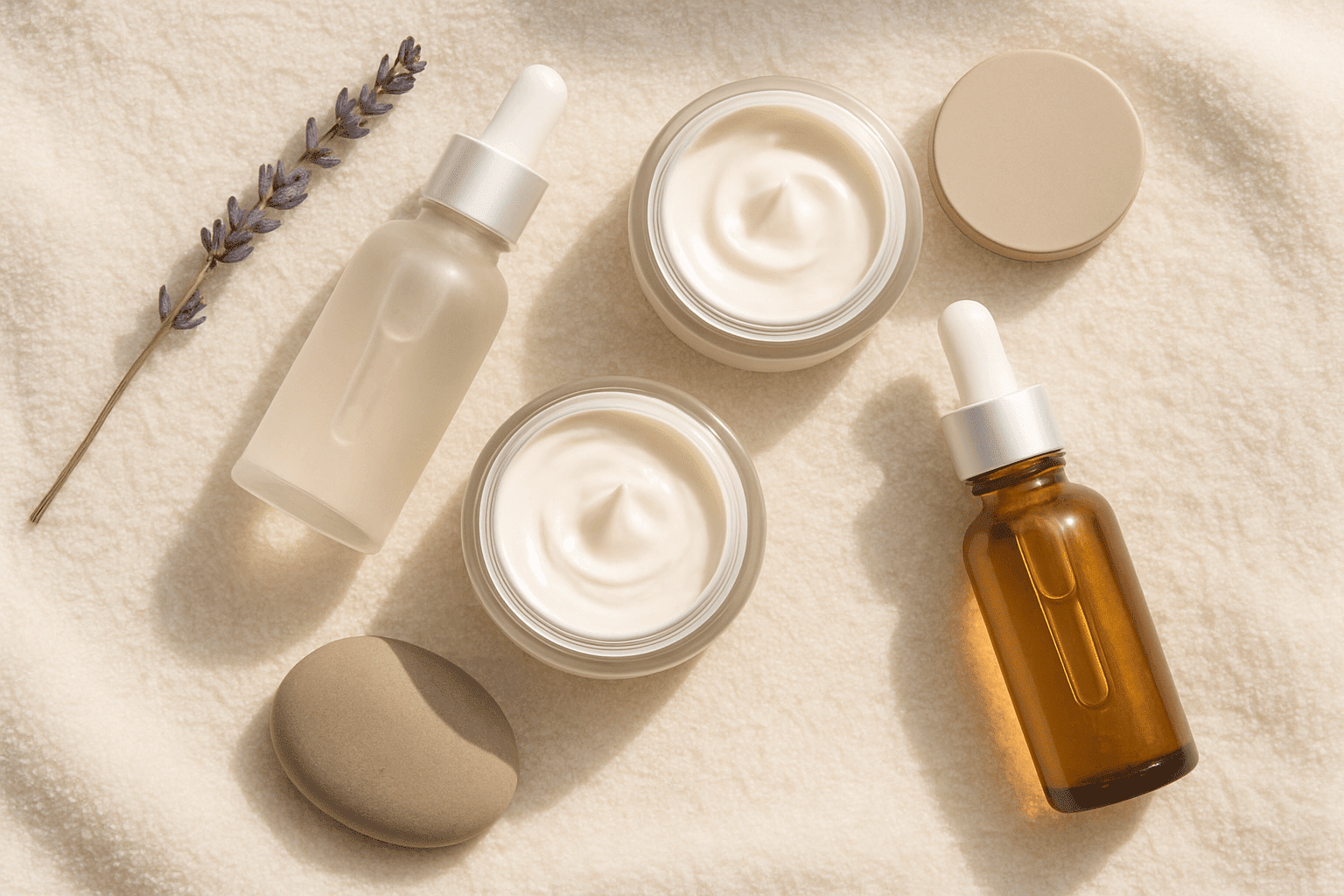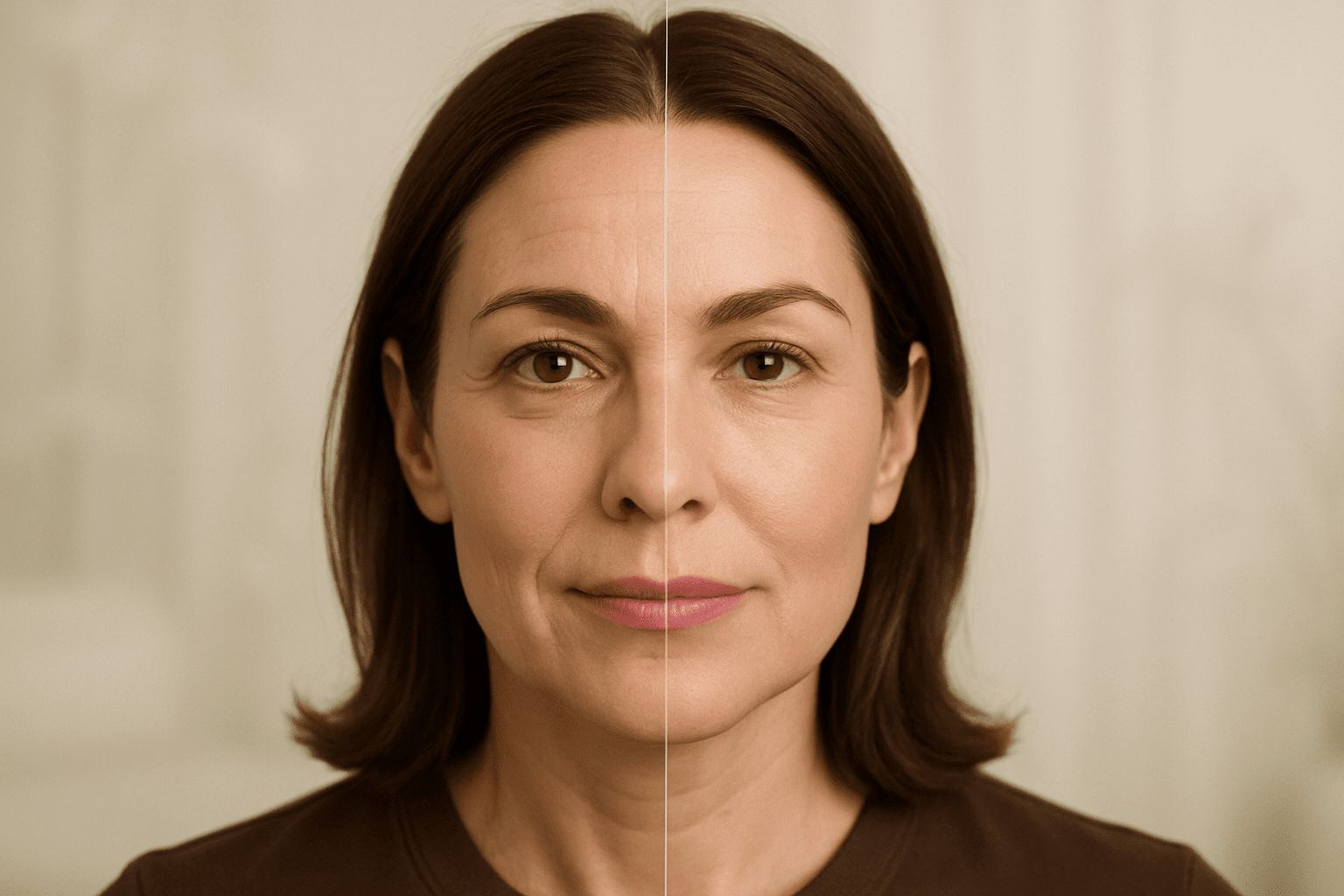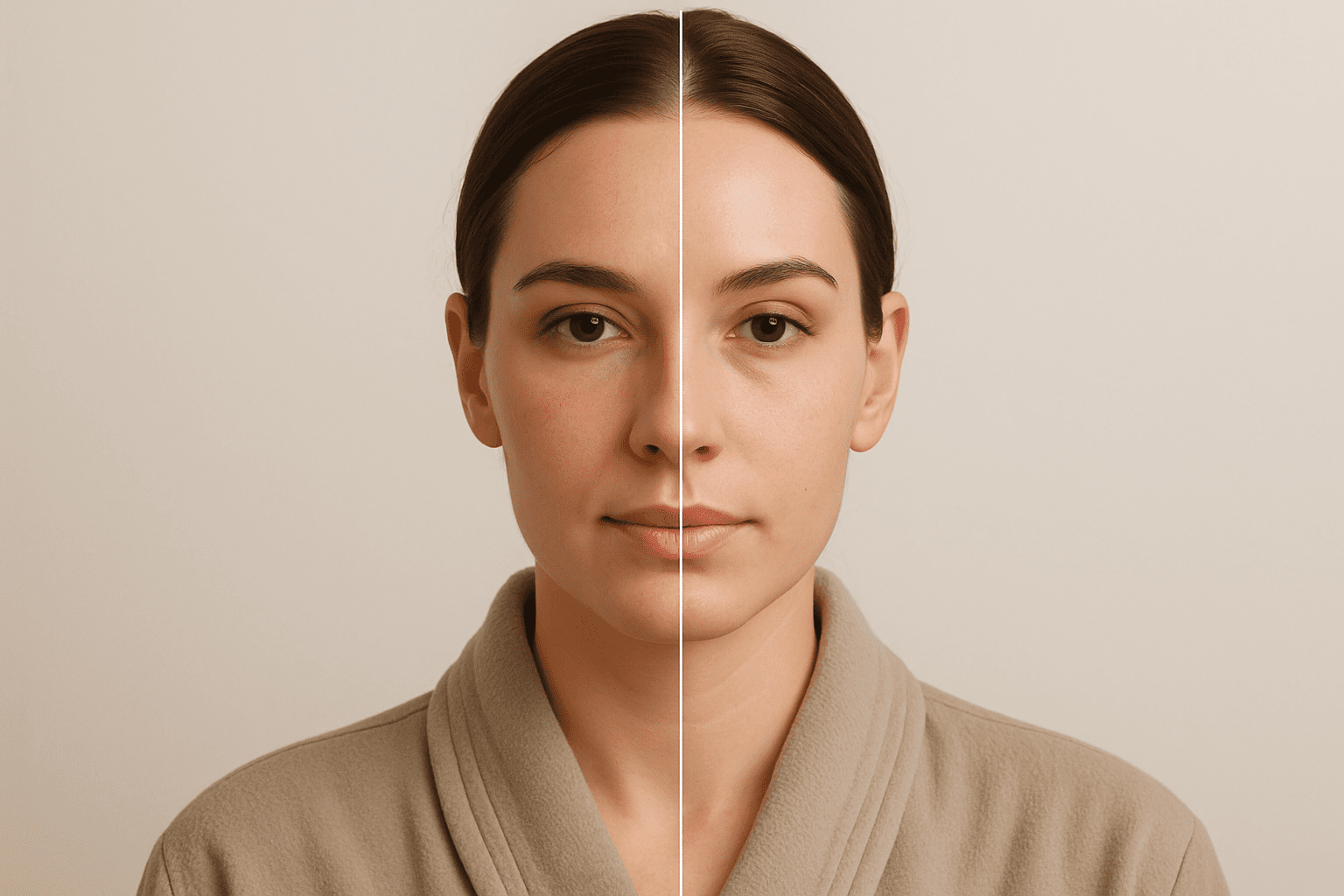Ever wondered if facials are more than just a pampering treat? Here’s the truth: regular facials for skin health aren’t a luxury—they’re a secret weapon for maintaining a vibrant, resilient complexion. Whether you’re battling breakouts, dullness, or early signs of aging, those spa sessions do more than feel amazing. They deliver real, visible benefits that drugstore cleansers simply can’t match. So, what makes facials so essential, and how often should you really be booking them? Let’s break it down.
Jump To:
TLDR – Quick Guide
- Facials deeply cleanse, exfoliate, and nourish your skin for long-term health.
- Routine facials help prevent breakouts, minimize pores, and slow signs of aging.
- Frequency depends on skin type, goals, and lifestyle—most people benefit from a facial every 4–6 weeks.
- Professional guidance makes facials more effective than at-home care alone.
- Regular appointments mean consistently radiant, healthy skin.
Detailed Breakdown
Why Regular Facials Matter for Skin Health
Let’s face it—your skin is under constant attack. Environmental stressors like pollution, sun exposure, sweat, and makeup can leave pores clogged and your complexion looking lifeless. Facials go deeper than your everyday cleanser by combining steam, exfoliation, targeted treatments, and skilled hands to purify and revive your skin.
Regular facials don’t just give you an instant glow (though you’ll definitely notice it). They support skin cell turnover, keep congestion at bay, and help maintain your skin’s protective barrier. Plus, a licensed esthetician can spot early signs of trouble, tweak your at-home routine, and recommend products or treatments tailored for you. It’s proactive self-care, not just an indulgence.
What Happens During a Facial?
A typical facial includes cleansing, exfoliation, gentle steam, extractions if needed, a nourishing mask, massage, and finishing serums. The process is personalized for your skin’s needs—hydrating dry patches, clarifying oily zones, or soothing sensitivity. Think of it as a reset button for your face: removing impurities, improving circulation, and feeding your skin vital nutrients.
Professional facials also use medical-grade products and advanced techniques (think: chemical peels, LED therapy, or high-frequency treatments) you can’t replicate at home. The result? Healthier, clearer, and more radiant skin, with cumulative benefits the more regularly you go.
How Often Should You Book a Facial?
This is the million-dollar question! For most people, every four to six weeks is the magic number. Why? Because that’s about how long it takes for skin cells to regenerate. Consistent facials mean you’re always supporting that cycle, keeping your complexion smooth and blemish-free.
Of course, skin type, lifestyle, and specific concerns matter. If you’re dealing with acne, you might benefit from more frequent sessions at first. Sensitive or mature skin might need a gentler schedule. Your esthetician will craft the perfect timeline to fit your goals and budget.
The Long-Term Benefits of Consistency
Booking a facial here and there is nice, but real transformation happens when you commit to a schedule. Over time, regular facials can fade dark spots, refine texture, prevent new breakouts, and even boost collagen production. Not to mention the stress-relief factor—who couldn’t use a little more relaxation in their life?
Regular visits also keep your skin-care plan up to date. As seasons change or your skin evolves, your esthetician can pivot your regimen, ensuring you always get the best possible results.
Are Regular Facials Worth the Investment?
Absolutely. When you factor in fewer breakouts, more even tone, reduced sensitivity, and professional guidance, regular facials become less of a splurge and more of a strategic investment in your health and confidence. Your future self (and your future selfies) will thank you.
Key Takeaways
- Routine facials are a proactive way to achieve and maintain healthy, glowing skin.
- Professional treatments address deep cleansing, exfoliation, and individualized care you can’t get from drugstore products.
- Most people see best results with a facial every 4–6 weeks, but a customized plan is key.
- Long-term consistency amplifies benefits and helps prevent new skin issues.
- Facials are an investment in your skin’s present and future health.
FAQs
1. How do regular facials help prevent breakouts?
Facials remove impurities, dead skin, and excess oil from deep within your pores—reducing the risk of clogged pores and breakouts. Regular extractions by a pro can also prevent acne scars and inflammation.
2. Are there any risks to getting facials too often?
Overdoing facials, especially those with aggressive exfoliation, can irritate your skin or compromise its barrier. Stick to your esthetician’s recommendations for frequency based on your specific skin type.
3. What’s the best facial for sensitive skin?
Gentle, hydrating facials with soothing ingredients like aloe, chamomile, or oatmeal are ideal. Always let your provider know about sensitivities so they can tailor your treatment accordingly.
4. Can I combine facials with other skincare treatments?
Absolutely. Many people pair facials with treatments like chemical peels, LED therapy, or microdermabrasion. Your provider can help you sequence treatments for maximum benefit and safety.
5. Will I see immediate results after one facial?
Most people notice an immediate glow, smoother texture, and refreshed feel after a single session. However, the biggest changes—like fewer breakouts and brighter tone—come with consistent, regular treatments.



